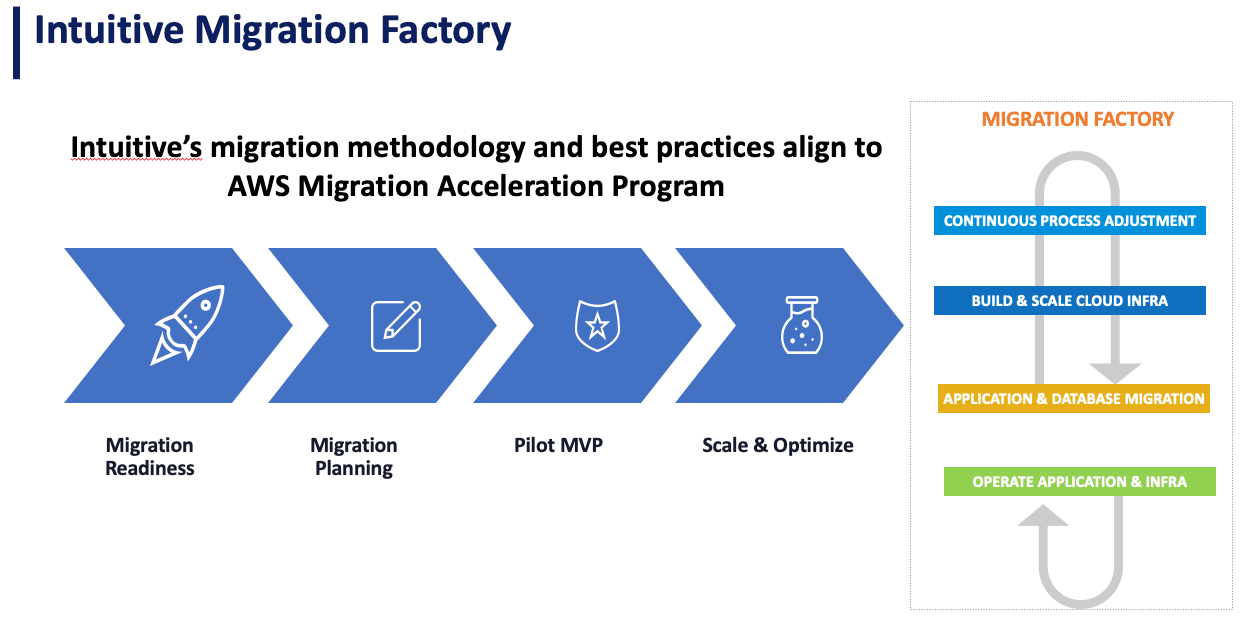Cloud Migration to address business growth due to acquisition in the banking industry
Mar 30, 2023
Introduction
A US based Customer Experience & Loyalty Rewards Management company migrates it’s critical business IT Applications to AWS with multi-region IaaS and PaaS configuration, to achieve dynamic scalability and high availability. Acquisition (with technology platforms, full-service travel agency, gift card, merchandise, and points bank businesses), by a large global financial institute and need to dynamically scale IT resources for the larger consumer base.
Challenge:
After an acquisition, and facing a much larger pool of customers, the customer was faced with a choice: Continue investment in on-prem infrastructure or make the leap into the cloud for scalability and agility.
Technology Solution:
|
Legacy on-prem HW/SW platforms and older application and database technologies’ scalability and effective operations by a small IT workforce was a serious bottleneck to scale the technology footprint and move the business forward, as part of the major acquisition. Expanding the technology footprint across multiple on-prem/multi-region was estimated to cost a lot in terms of acquiring additional hardware, software, licenses and engaging addional resources to support current and additional workloads. |
Company had maintained older application and database platforms (app, web and database technologies on very old hardware and OS) for both transactional and analytics workloads. The legacy platform became costly to maintain and expand. Scarce skilled system and database admins to maintain the legacy and new platform became a major challenge. With the acquisition by a large Financial company, the organization decided to take a step forward and move to AWS on a modern, self-sustaining, dynamic and highly available application and database platform. |
|
Cloud Journey: To begin its modernization journey to AWS for its core applications and database platform, the organization engaged Intuitive Technology Partners to assess the app/db infrastructure and determine the course of action to migrate to AWS. Intuitive Engineers conducted series of sessions to:
The assessment outcome listed 100+ servers hosting enterprise applications and databases. Leverging its Cloud Migration & Modernization Practice, Intuitive was able to fully guide and execute migration of all the core applications and databases to AWS -Migration of in-scope applications primarily with a "Lift and Shift" approach with minimal refactoring/re-platforming/decoupling wherever applicable, from primary and DR data centers to AWS. Intuitive engineers recommended and executed a POC to prove the target state solution and migration strategy covering: Layer7 API Gateway Migration, Hybrid DNS, Endeca Migration, Web/App/Databases With migration to AWS, the Organization was able to focus its resources on better management of overall application and database infrastructure through automation and configuration management of all resources deployed on AWS.
|
Major Wins:
|
Technology Modernization:
Multi-regional AWS – Targeted technology (Fully automated builds using Cloudformation):
|
On-prem |
AWS |
| Java, Spring framework-based web applications, hosted on: JBOSS App Server, Apache Web Server, Layer7 API Gateways |
Applications Migrated to (Auto-Scaled ec2 env): - Websphere Liberty - Apache Webserver - AWS API Gateway - Route 53 |
| Databases: Oracle 12c |
Databases Migrated to: -AWS RDS 19c (PaaS) |
| Content Search Engine: Oracle Endeca & Experience Manager |
Lift-n-shift ‘as-is’ to AWS (due to legacy configuration and customer requested to keep it as-is due to heavy cost of upgrade or move to another technology) |
|
OS: - RHEL 6 (Oracle Endeca/Experience Manager) - RHEL 7 (App & Web Servers) - Solaris on Sparc (Oracle Databases) |
OS (custom AMI Images): -RHEL 6 (Oracle Endeca/Experience Manager) -RHEL 8 (App & Web Servers) Oracle Databases on AWS RDS |
|
Enterprise Oracle Databases Monitoring using Oracle Enterprise Manager |
Built new Oracle Enterprise Manager 13c Highly Avaiable Environment to not only monitor AWS RDS databases but all on-prem databases |
|
ETL: Informatica (Only in-scope for network connectivity), Java, PL/SQL |
Established connectivity between on-prem and AWS compute resources |
|
Reporting: Cognos (Only in-scope for network connectivity) |
Established connectivity between on-prem and AWS compute resources |
Core business processes and operations benefited from having highly available & high performing applications and databases using AWS core services for transactional and analytical workloads. Meanwhile, migration to cloud provided them with a cost-effective and efficient infrastructure, from the perspective of IT staff members who support applications, databases and infrastructure. Overall, Organization achieved major value through their use of new platform in the following key areas:
| Oracle Endeca (lift-n-shift “as-is”) |
Intuitive migrated deprecated versions of Linux, Oracle and Endeca to AWS – using native AWS VM Import/Export service to a fully working EC2 based AMI with RHEL 6 - Resulted in: -Cost avoidance of approx. $700k in Endeca licenses -Avoidance of additional costs estimated at $300k that would be required for version upgrade and testing of Endeca which is already slated to be sunset |
| Custom AWS Autoscaling for Web, APP and API Tiers |
AWS AutoScaling (not originally in scope) - Adding a new server on AWS without “Autoscaling” would take minimum of 2-3 days (~40 to 60 hours) and involvement of multiple customer technology teams (Cloud Infrastructure, Middleware, App Deployment). Intuitive engineers scripted and automated provisioning with “Autoscaling”, reducing the time to delivery to 15 minutes -resulted in overall cost savings of $500k per year (compared to running all servers at full utilization). |
| Automated AWS Infrastructure Provisioning Using CloudFormation (IaC) |
Entire AWS Environment build reduced from weeks to 6 hours: -VPC, Endpoints, Security groups, S3 Buckets, IAM roles/policies, SNS, SES, NACL, API Gateway, AWS Backups etc -Storage services – EBS, EFS, Messaging Queue -RDS Databases -Web, APP, API tiers including load balancer |
AWS High Availability Architecture:
- Multi-AZ / Multi-Regional – Primary and DR Site
On-prem
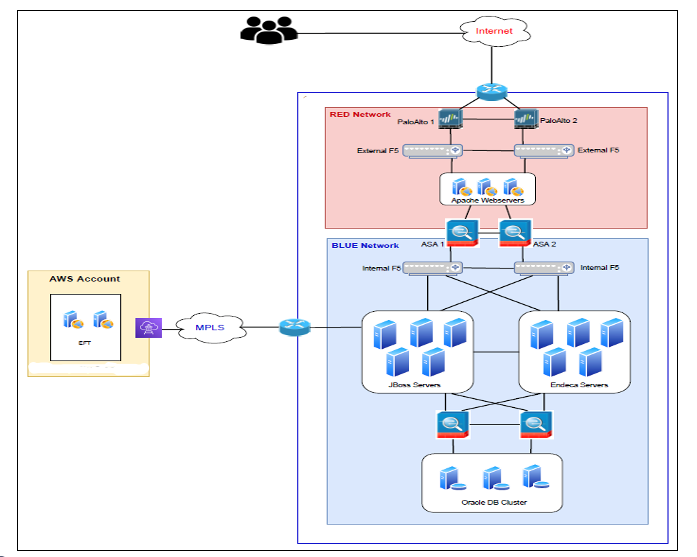
AWS
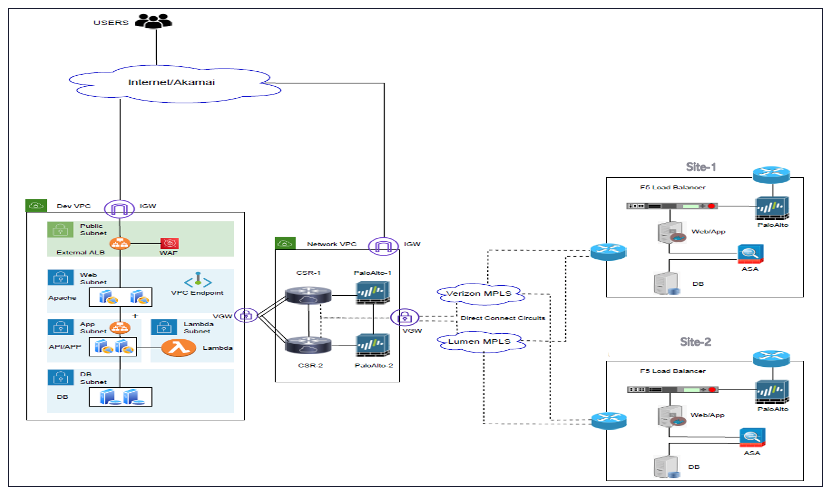
DB Migration Methods utilized (automated using ansible):
| Method | Description | |
| 1 |
Database Import/Export |
Take Oracle Datapump export of On-prem Solaris Sparc based Oracle databases, transfer it to AWS S3 Buckets and import into RDS Instance. |
| 2 | Non-Database Content Migration | Take physical copy of batch scripts (shell, sql, perl etc) plus applications configuration content and copy to AWS S3 buckets and then copy to specific EBS volumes attached to ec2 dedicated batch servers in AWS |
Performance Benchmarking Tools utilized (performance comparsion):
| No | Tool | Description |
| 1 |
Application Performance Benchmarking |
Application owners pick and choose various tools and techniques suitable to their environment to benchmark applications’ performance depending upon applications. |
| 2 |
Swingbench (for oracle DBs) |
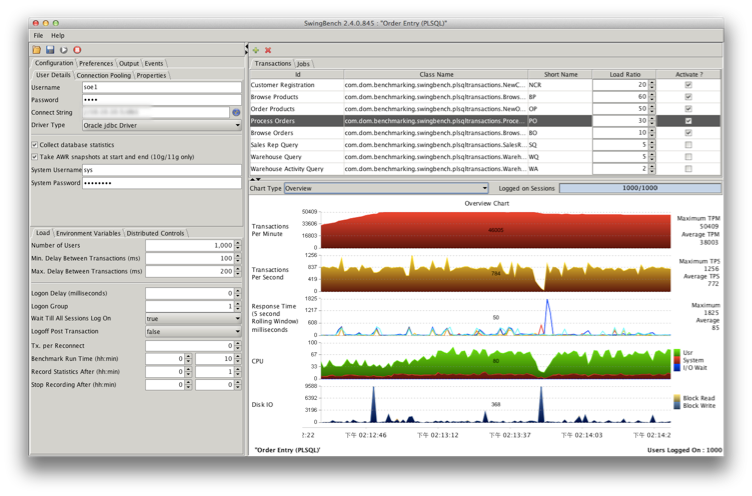 |
| 3 |
Database Baselines (for oracle DBs) |
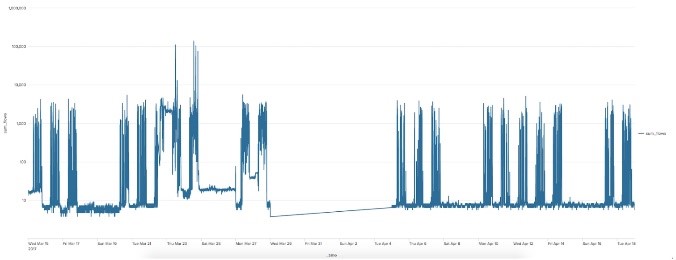 Intuitive Database Engineers collected baseline performance executing automated SQL statements against Oracle Databases, to forecast performance patterns, potential issues & proactive improvements -This helped validate capacity planning in all phases of the project - categorize databases into high workload, medium workload and low workload groups. Intuitive Database Engineers collected baseline performance executing automated SQL statements against Oracle Databases, to forecast performance patterns, potential issues & proactive improvements -This helped validate capacity planning in all phases of the project - categorize databases into high workload, medium workload and low workload groups. |
Lessons Learned:
Each organization has a unique business and technology landscape that is shaped by the sector which they are a part of, and business events such as acquisitions and divestitures. Spotting the risk to business operations, and creating and executing strategic roadmaps at scale with an eye to business continuity in the short-term, and scalability and responsiveness in the long-run, makes for long term strategic partnerships.
Engineering technology processes to produce high quality outputs at scale with maximum standardization and flexibility requires a paradigm shift which is made possible by combining cloud computing and automation. The additional investment in engineering up front leads to more efficient operations, but more importantly, leads to smoother technology and business operations in the long run which can scale easily for a dynamic business landscape.
Conclusion
Infusing engineering principles at each stage in the process with an eye to reducing and eliminating business risk lead to a business and technology outcome that positions the customer for long-term sustainable growth. Not only was the technology architecture modernized, technology operations were simplified through more predictable and repeatable errors, reducing entropy in the overall system. Migrations at this scale happen only a few times in the lifecycle of an organization; Intuitive and its customers benefit from the migration factories that have been built through experience working with many of the top Fortune 1000 organizations.
